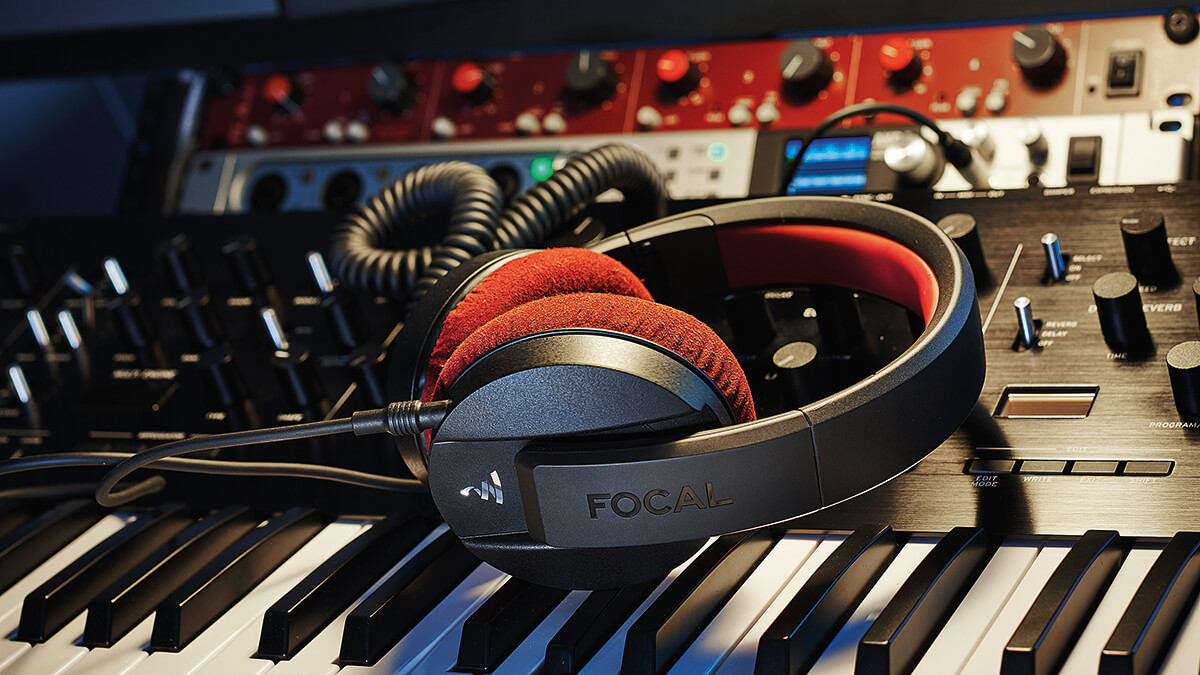In the realm of audio production, studio headphones are a critical tool for sound engineers, musicians, and producers. Traditionally, wired studio headphones have been the gold standard, providing consistent sound quality, minimal latency, and reliable performance. However, with the advent of advanced wireless technologies, wireless studio headphones have emerged as a viable option.
The Evolution of Wireless Studio Headphones
Wireless headphones have come a long way since their inception. Early models were plagued with issues such as poor sound quality, high latency, and connectivity problems. However, recent advancements in Bluetooth technology, codec improvements, and battery life have significantly enhanced their performance. Brands like Sony, Sennheiser, and Audio-Technica have introduced wireless models specifically designed for studio use, promising high-fidelity sound and low latency.
Advantages of Wireless Studio Headphones
- Freedom of Movement: One of the most significant benefits of wireless studio headphones is the freedom they offer. Without the constraints of cables, users can move around the studio more freely, which is particularly beneficial during long recording sessions or when multitasking.
- Reduced Cable Clutter: Studios are often filled with equipment and cables, creating a potentially hazardous and disorganized environment. Wireless headphones eliminate one source of cable clutter, contributing to a cleaner and safer workspace.
- Versatility: Wireless headphones can be easily paired with multiple devices, including smartphones, tablets, and computers, making them versatile for various uses beyond the studio. This versatility can be particularly useful for musicians and producers who work on the go.
- Advanced Features: Many modern wireless studio headphones come equipped with advanced features such as active noise cancellation, customizable sound profiles, and touch controls. These features can enhance the overall listening experience and provide additional tools for audio professionals.
Addressing Potential Drawbacks
- Sound Quality: One of the primary concerns with wireless headphones has been sound quality. However, advancements in Bluetooth codecs like aptX, aptX HD, and LDAC have bridged the gap between wired and wireless sound fidelity. These codecs support higher bit rates and reduce compression, resulting in clearer and more detailed audio.
- Latency: Latency, or the delay between the audio signal being sent and received, is another critical factor for studio use. High latency can disrupt the synchronization between audio and video, making wireless headphones less suitable for tasks like recording and mixing. Nonetheless, recent improvements in Bluetooth technology and the introduction of low-latency codecs have significantly reduced this issue, bringing wireless latency closer to wired performance.
- Battery Life: Battery life has always been a concern with wireless devices. For studio professionals who require long hours of continuous use, frequent recharging can be inconvenient. Fortunately, modern wireless studio headphones boast impressive battery life, with some models offering up to 30 hours of continuous playback. Additionally, fast-charging capabilities can provide several hours of use with just a short charging session.
- Connectivity Issues: While wireless technology has improved, connectivity issues such as signal dropouts and interference can still occur. However, the use of robust Bluetooth connections and advanced antenna designs has minimized these problems in high-end models.
Latest Advancements in Wireless Studio Headphones
- Enhanced Bluetooth Codecs: As mentioned earlier, codecs like aptX, aptX HD, and LDAC have revolutionized the sound quality of wireless headphones. These codecs allow for higher bit rates and lower latency, making wireless headphones more suitable for professional use.
- Multi-Device Pairing: Some modern wireless studio headphones offer multi-device pairing, allowing users to switch seamlessly between different devices. This feature is particularly useful for professionals who use multiple sources in their workflow.
- Active Noise Cancellation (ANC): Advanced ANC technology has been integrated into many wireless studio headphones, providing an isolated listening environment. This feature is invaluable in noisy studio settings or for professionals who need to focus on detailed audio work.
- Customizable Sound Profiles: Many high-end wireless studio headphones come with companion apps that allow users to customize sound profiles according to their preferences. This level of personalization can enhance the listening experience and cater to the specific needs of audio professionals.
Choosing the Right Wireless Studio Headphones
When selecting wireless studio headphones for professional use, several factors should be considered:
- Sound Quality: Ensure the headphones support high-quality Bluetooth codecs and have a reputation for excellent sound fidelity.
- Latency: Look for models that advertise low latency or use low-latency codecs, which are crucial for tasks like recording and mixing.
- Battery Life: Consider the battery life and charging capabilities, ensuring they meet your usage requirements.
- Comfort and Build Quality: Since studio sessions can be lengthy, choose headphones that offer comfort and durability.
- Additional Features: Evaluate the additional features such as ANC, customizable sound profiles, and multi-device pairing to determine their relevance to your workflow.
Conclusion: Are Wireless Studio Headphones Ready for Professional Use?
Wireless studio headphones have made significant strides in recent years, addressing many of the concerns that previously made them unsuitable for professional use. With advancements in sound quality, latency, battery life, and connectivity, high-end models from reputable brands are now viable options for audio professionals. While they may not yet fully replace wired headphones in all scenarios, wireless studio headphones offer compelling advantages and can be a valuable addition to any studio setup. As technology continues to evolve, the gap between wired and wireless performance is likely to narrow further, solidifying the place of wireless headphones in the professional audio landscape.





Comments